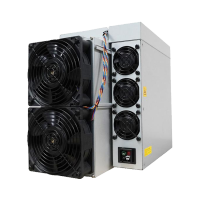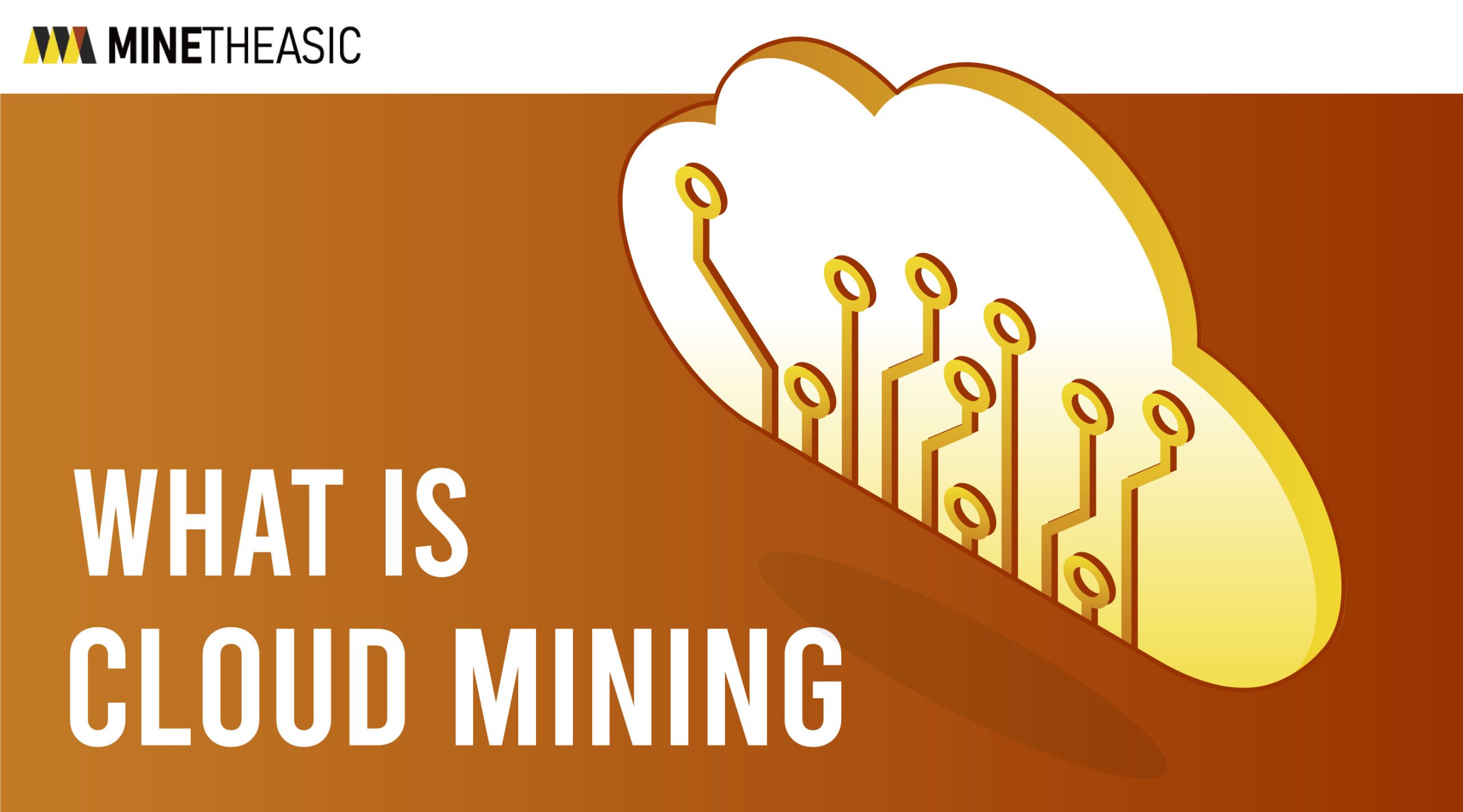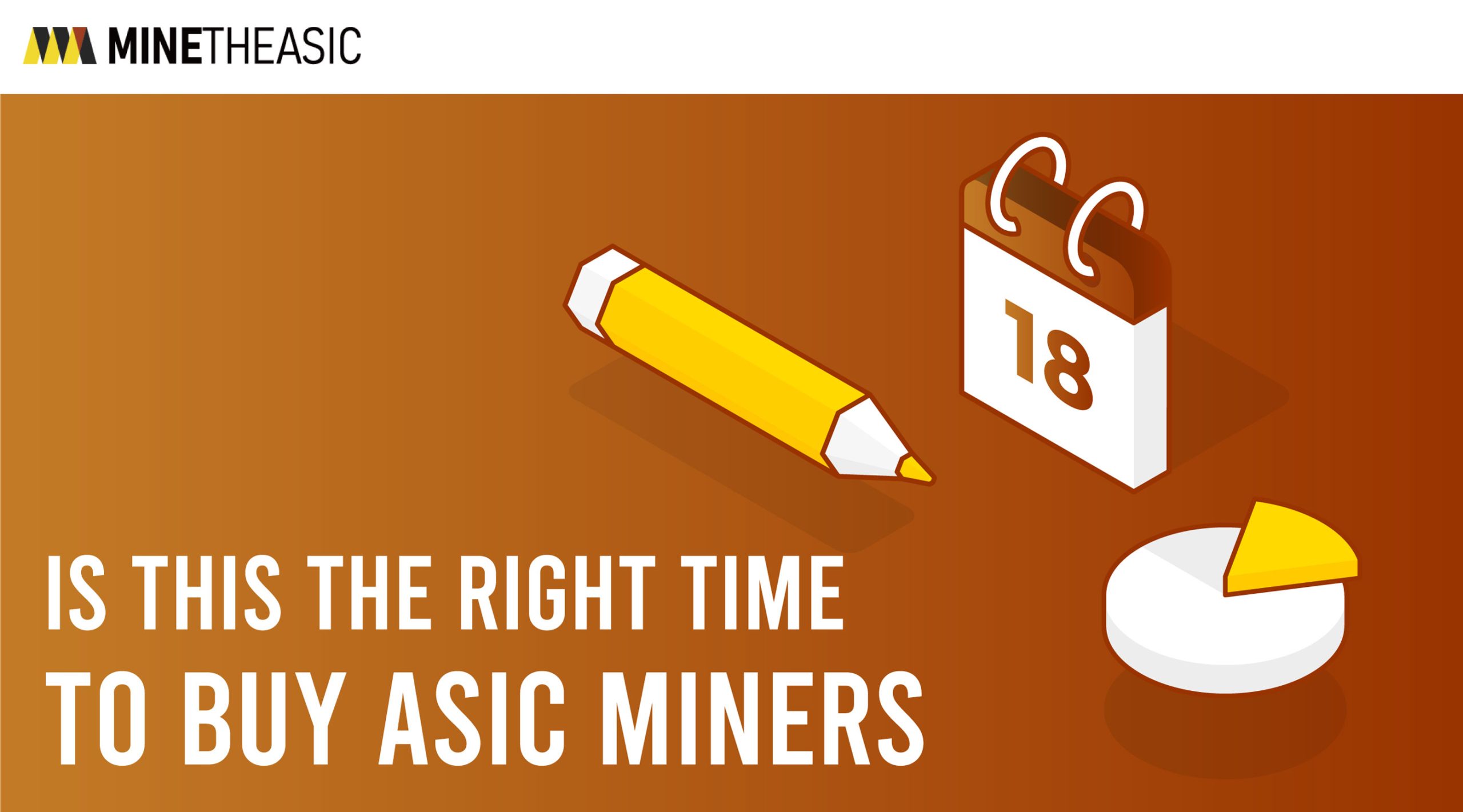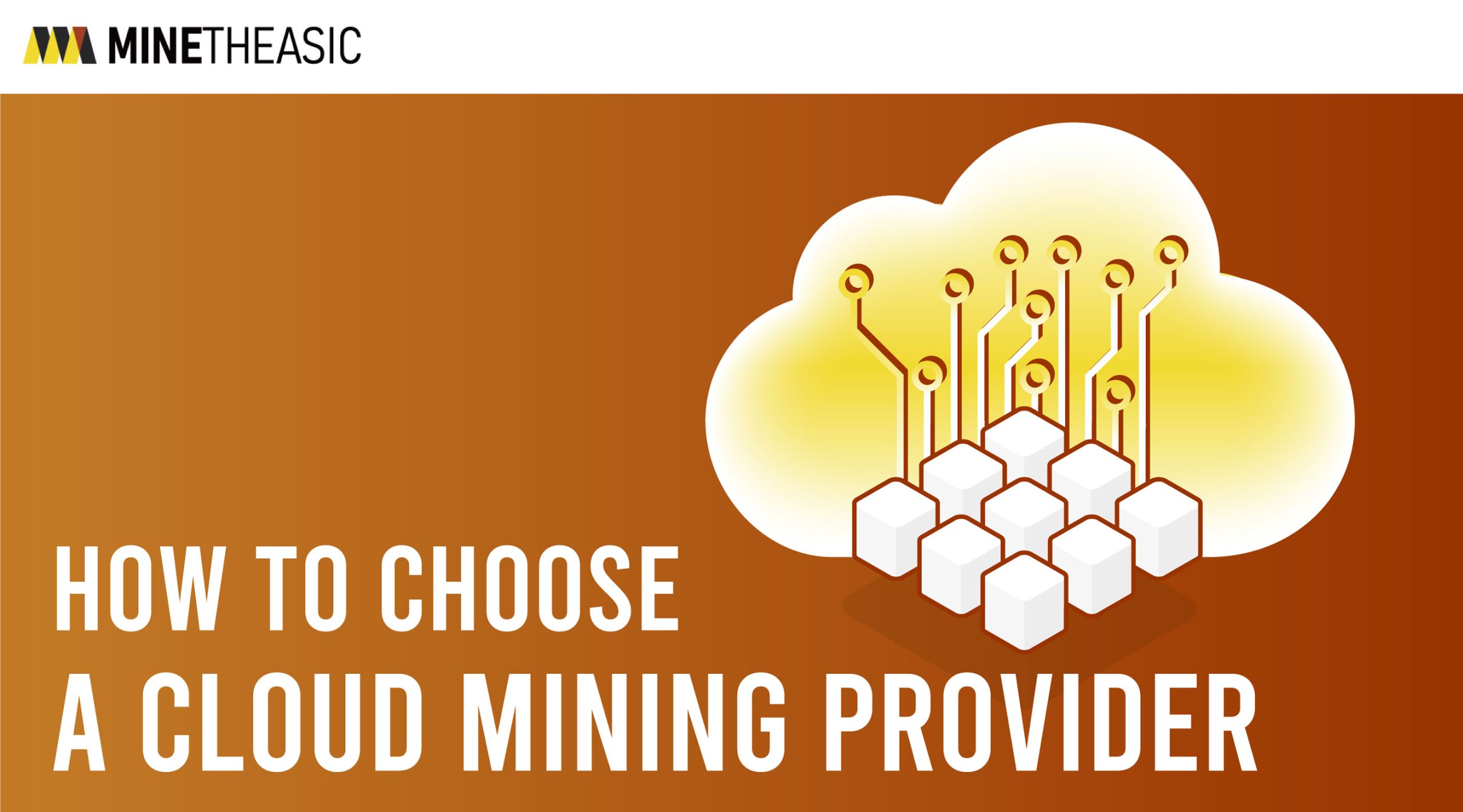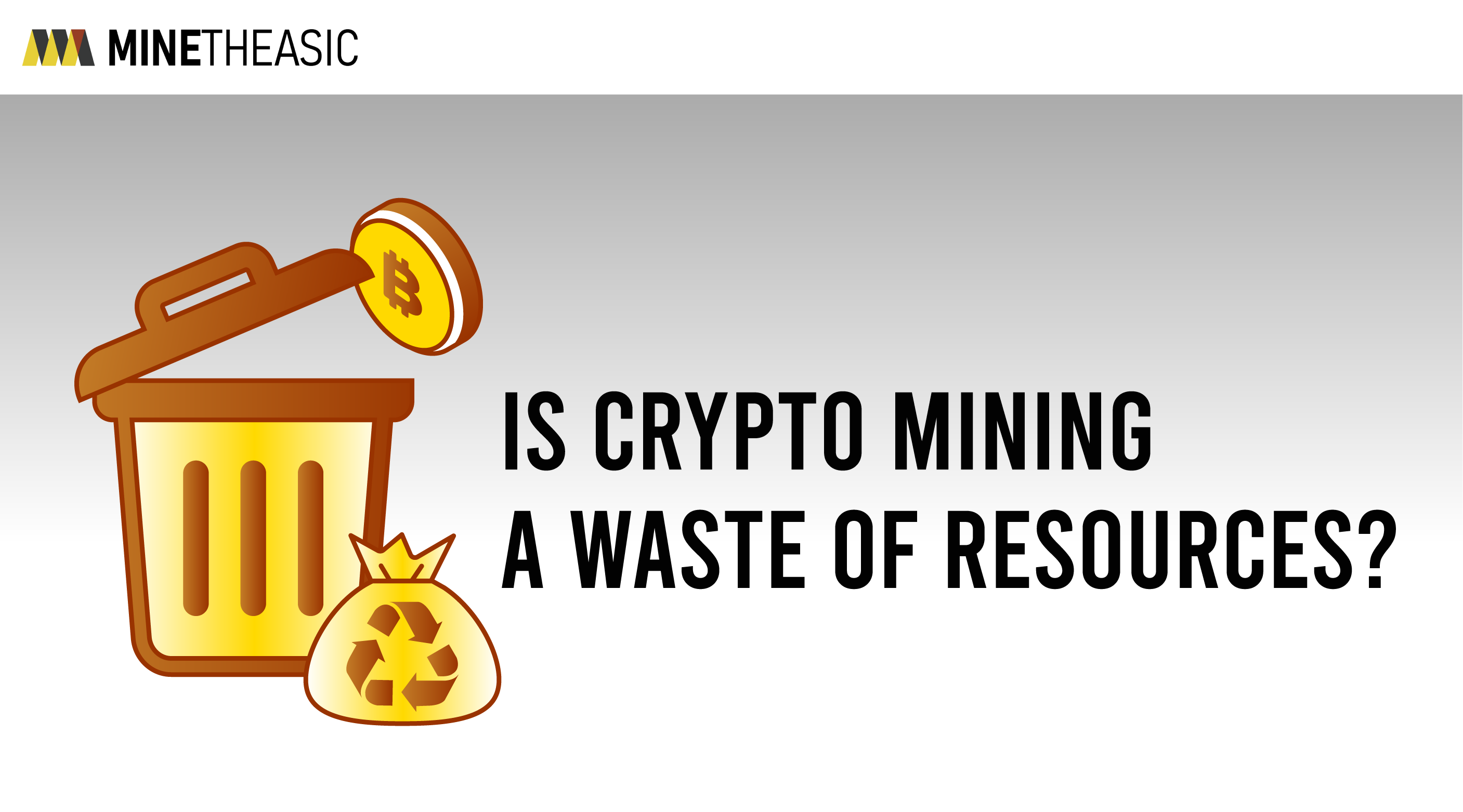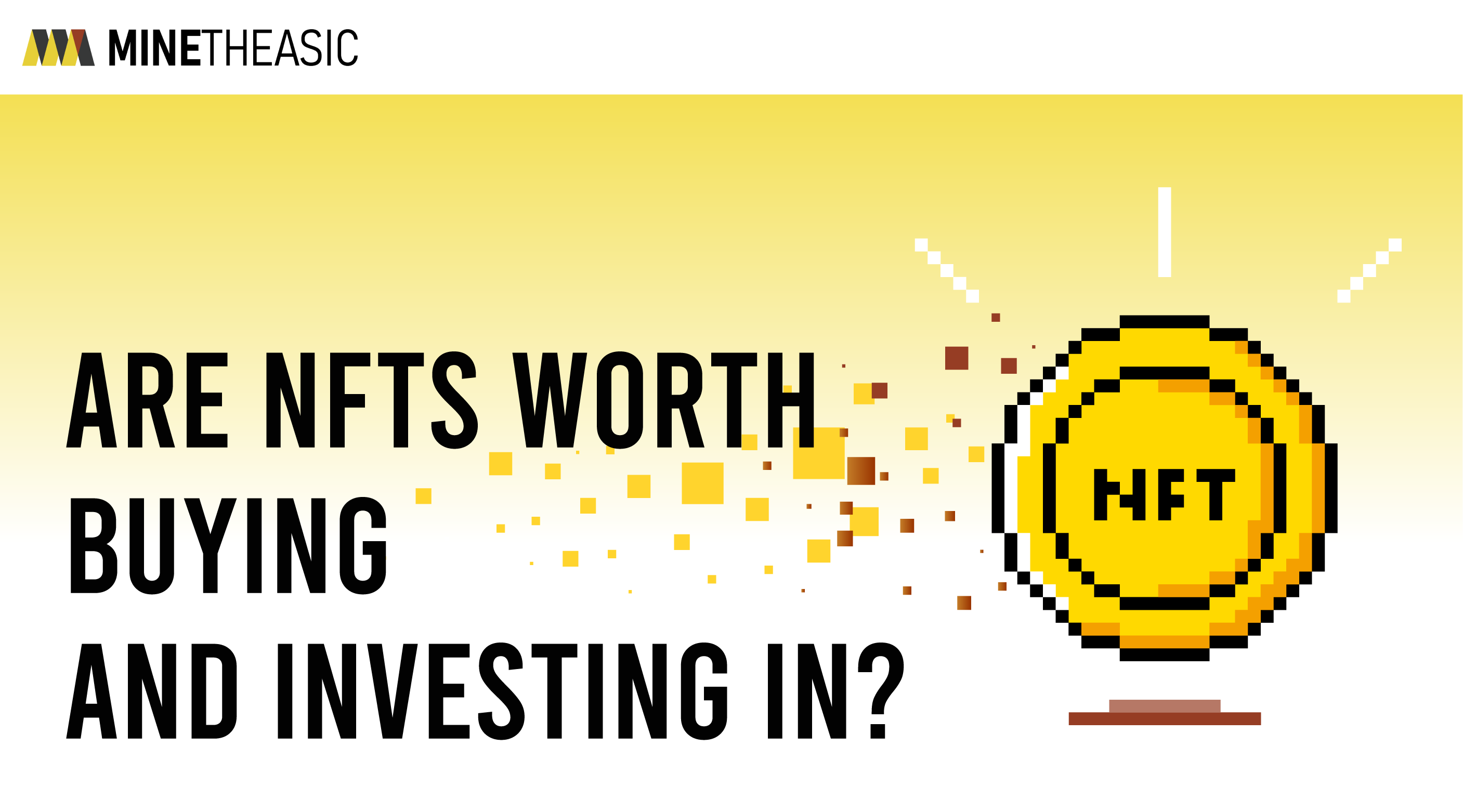Is Bitcoin Mining at Home Still Profitable in 2025? Real Answers
With Bitcoin priced at $118,020 and mining yielding 3.125 BTC per block, home mining intrigues many—but current network difficulty at 126.27T and hashrate of 907.32 EH/s mean earnings average just $0.059/day per TH/s. This guide reveals how to navigate today's challenges and build a viable home operation.
Today's Reality: The Core Hurdles of Home Mining
Many attempt home Bitcoin mining expecting quick profits but hit harsh realities.
Profitability Crunch: Mining Economics in 2025
Your electricity cost is the make-or-break factor. If you pay over $0.12/kWh, most setups become money-losers. Consider:
- Revenue per terahash: Only $0.059 daily income
- Hardware costs: Efficient ASICs cost $2,000-$6,000
- Electricity drain: Miners consume 3-5kW continuously
Critical Triumphs and Tragedies of Home Mining
Successful home miners focus on key advantages:
Why Some Still Succeed Against Odds
- Access to $0.08/kWh or lower electricity rates (solar/night tariffs)
- Heat utilization: Warming garages or greenhouses in winter
- Long-term holding strategy: Mining to accumulate BTC through price cycles
Where Beginners Self-Sabotage
- Ignoring decibel levels: Antminers hit 85dB (like a blender)
- Underestimating heat output: Each unit radiates like small heater
- Overlooking grid instability: Power spikes trip home circuits
Smart Hardware Choices for Home Mining 2025
Forget GPU rigs—only ASICs work now. These deliver results at home scales:
Best Mining Units Under $4,000
- Bitmain Antminer S19 XP Hyd (255TH/s, 5300W, $3.900): Most efficient if cooled properly
- MicroBT Whatsminer M56S++ (240TH/s, 5030W, $3,500): Better for hot climates
- Ebang Ebit E14++ (130TH/s, 3170W, $2,200): Budget pick with easier power management
Compare your options:
| Model | Hashrate | Power | Noise Level | Profit Potential* |
|---|---|---|---|---|
| Antminer S19 XP Hyd | 255 TH/s | 5300W | 85 dB | $3.72/day |
| Whatsminer M56S++ | 240 TH/s | 5030W | 75 dB | $3.12/day |
| Ebit E14++ | 130 TH/s | 3170W | 65 dB | $1.68/day |
*Based on $0.10/kWh electricity and current BTC revenue of $0.059/TH/day
Essential Equipment Beyond the Miner
- Soundproofing: Thermal-lined boxes ($150-$500) cut noise by 60%
- Crowbar PDU: Prevents voltage-spike damage ($200+)
- Industrial ventilation: Inline duct fans move heat outdoors ($80-$200)
The Step-by-Step Home Mining Framework
7 Stages to Operational Success
- Profit simulation: Use Minerstat/AsicminerValue with YOUR electricity rate
- Circuit prep: Dedicate 240V circuits (standard outlets won't suffice)
- Cooling strategy: Garage/basement setups with outdoor exhaust
- Hardware purchase: Stick to reputable suppliers like Bitmain or authorized resellers
- Pool selection
Choose low-fee pools like F2Pool (0.2%) with stable payouts
- Configuration: Set static IP and fan curve adjustments
- Monitoring: Set up alerts via HiveOS for crashes/disconnections
When Home Mining Makes Sense (and Doesn’t)
Mine at home if: You pay under $0.08/kWh, tolerate noise, view Bitcoin as long-term investment. Choose cloud mining/farms instead if: Electricity exceeds $0.13/kWh or space/noise constraints exist.
Execution: Where Theory Meets Practice
Profit starts by avoiding hidden killers:
Profit Optimization Tactics
- Schedule mining during off-peak electricity hours using Python cron jobs
- Implement overclocking cautiously: Increase hashrate 15% but monitor chip temperatures
- Join mining syndicates: Group buys pool hashpower for better rate
Maintenance Pitfalls All Miners Face
Handle common issues proactively:
- Dust buildup: Clean fans monthly with compressed air
- Firmware updates: Patch every 3 months for security
- Pool monitoring: Check rejected shares indicate cooling problems
Final Verdict on Home Mining Bitcoin 2025
At current difficulty levels, home mining Bitcoin requires strategic execution and low power costs to break even. Earn $1.50-$4 daily with ASICs through by combining efficient hardware, sound-dampening, and precision temperature control. Troubleshoot sharing your actual setup challenges below, or ask our mining engineers specific clarification questions in the comments.
